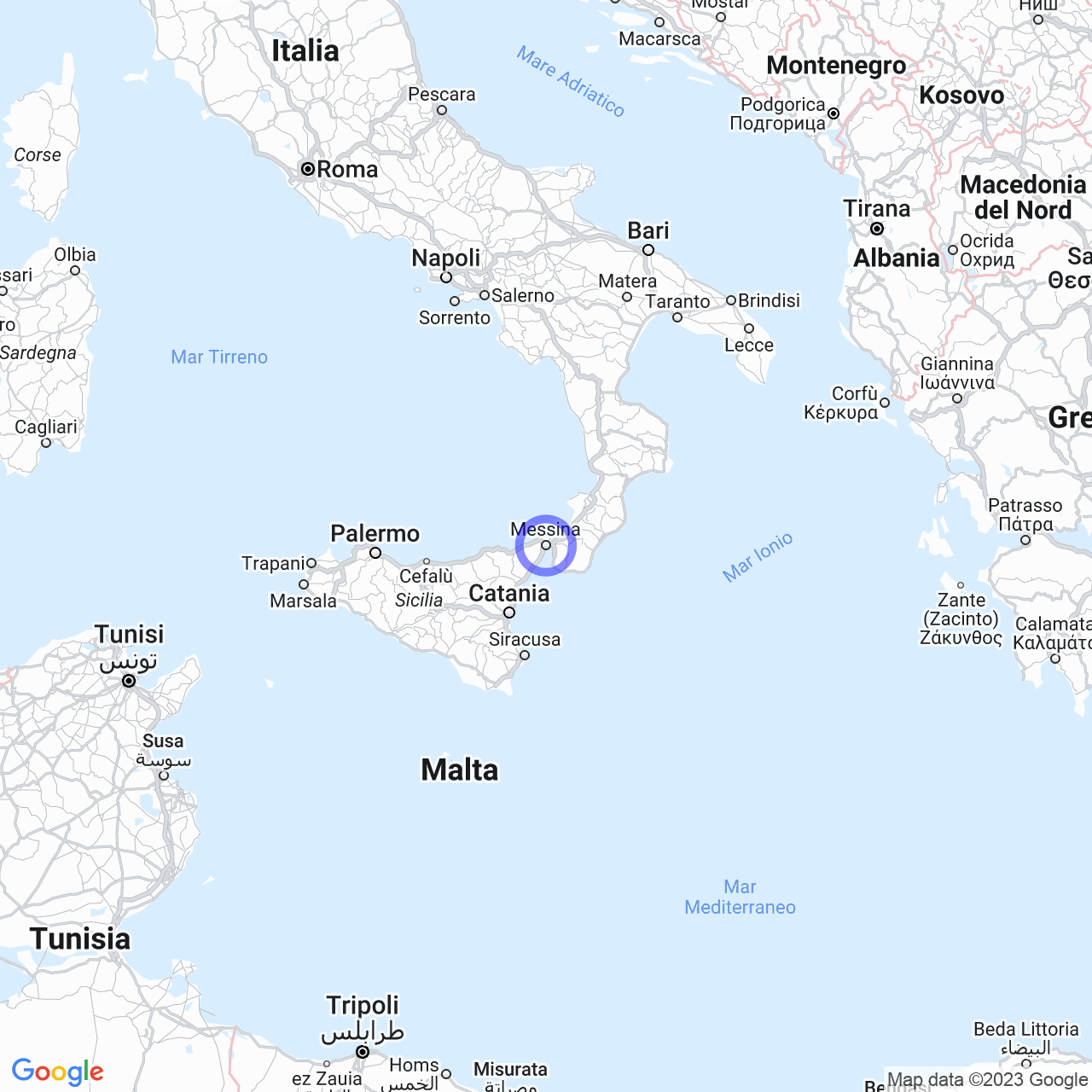Cumia
The territory
Cumìa is a hamlet of Messina located in the valley where the Fiumara di Cumìa flows into the Bordonaro stream. It is also known for the presence of various activities, including several trails on the Peloritani Mountains, the most famous of which is "Il Sentiero dei Mulini" and the trail "Santa Mariae di Cumia". Cumia is located at an altitude of 360 meters above sea level and is considered one of the highest hamlets in Messina. Thanks to its elevation, the climate is much cooler than the city and one can enjoy a natural environment with rich vegetation and fauna.
The toponym
The name Cumìa derives from the Arabic word Qumiyah, meaning "village" or "community".

The history
The establishment of Cumìa is closely linked to the presence in its territory of the Basilian Abbey of San Teotisto, of which there is no trace today. The saint would have been the abbot of the monastery and is still revered today in the name of San Teotista in Caccamo, his hometown and co-patron saint. The village of Cumìa also had an important history in wheat cultivation, especially from the 1930s to the 1960s when it was a key point.
Cumìa Superiore and Cumìa Inferiore
Cumìa is divided into two parts: Cumìa Superiore and Cumìa Inferiore. The former is located at an altitude of about 450 meters above sea level and is the part of the village closest to the Peloritani Mountains. Cumìa Inferiore, on the other hand, is located at an altitude of 350 meters above sea level and is the part of the village closest to the valley where the Fiumara di Cumìa and the Bordonaro stream converge.
The climate
Given the higher elevation of the village compared to the city of Messina, the climate in Cumìa is very different. During the winter, the temperature can oscillate between 2° and -2° degrees during the day and evening, creating a cold and humid atmosphere, alternating with long periods of intense fog. In summer, on the other hand, the climate is mild and almost warm, with temperatures ranging between 24° and 32° degrees during the day and a cool, almost cold, environment in the evening, with stability between 15° and 22° degrees.
The variety of fauna and flora
Cumìa is a locality rich in vegetation and with a vast variety of fauna. It is possible to find different species of animals, including foxes, rabbits, weasels, hedgehogs, wild boars, and wolves. Among the birds, one can encounter the Buzzard, the Kestrel, the Owl, the Tawny Owl, the Red Woodpecker, the Gray Heron, and the Green Woodpecker. Additionally, the territory is rich in plants and flowers, including the Red Juniper, the Forest Asparagus, the Velvet Grass, the Wild Plum, and the Orchid.
Events
The patron saint of the village is Santa Marina Cumia Inferiore and Maria Annunziata Cumia Superiore. The patronal feast is celebrated on July 10th and is an occasion to celebrate together with the local community. Among the other most important events, one can mention the Festa della Madonna della Neve, on August 5th, and the feast of San Teotista in Caccamo, which takes place on January 4th.
In conclusion, Cumìa is a very interesting and fascinating locality, both for its history and its natural beauty. If you want to discover the village of flowers and immerse yourself in the nature of the Peloritani Mountains, Cumìa is the perfect place.
